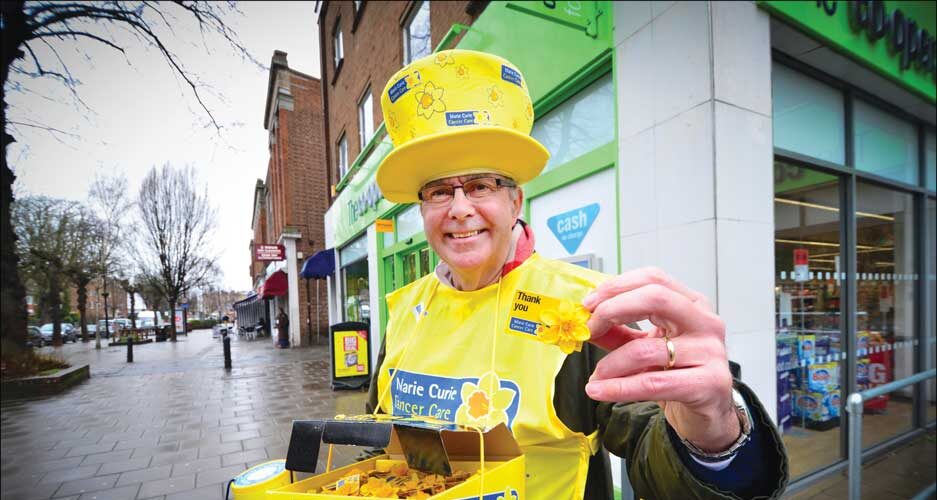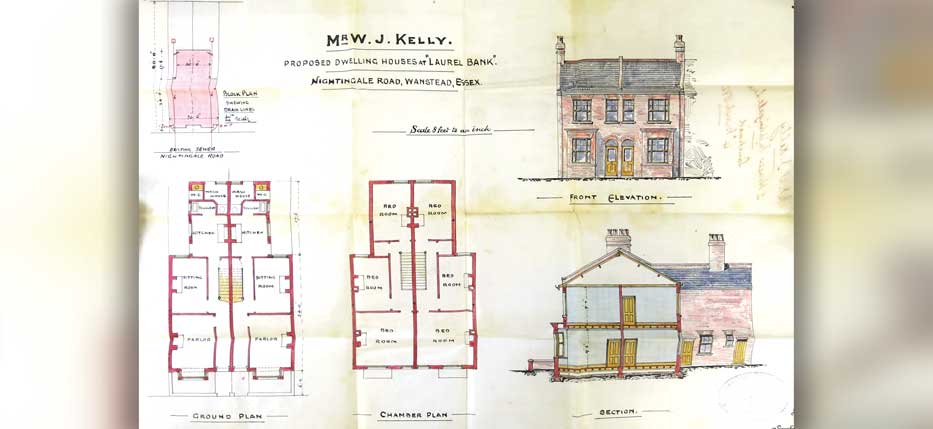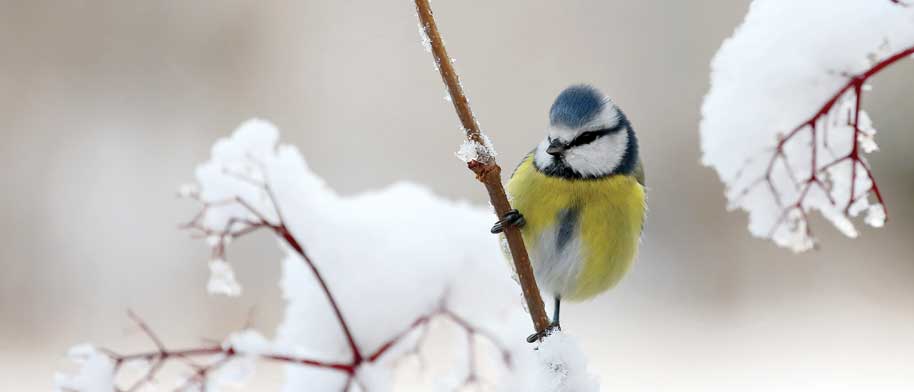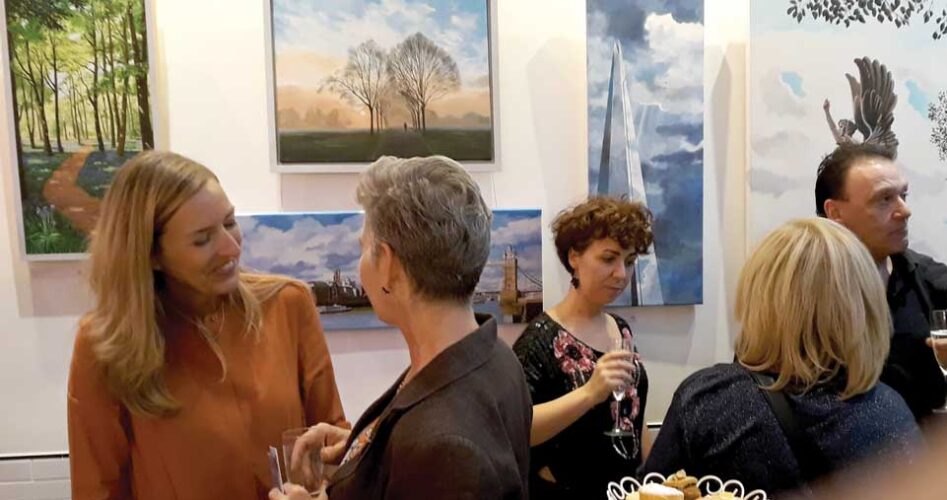The Wanstead and Woodford Marie Curie fundraising group has reached its target of raising £100,000 for the charity, which provides care and support to people with terminal illnesses and their families.
“This has taken six years to achieve, but we are finally there,” said a spokesperson for the group, which was formed in June 2013. To mark the achievement, a celebratory afternoon will take place at Wanstead House on 22 February from 2pm to 4pm. There will be a short talk on the work of Marie Curie, a cheque presentation and informal discussions over tea and biscuits.
“When we collect in the local area residents are so supportive and generous, and we would like to let them know how their small contributions add up and welcome them to celebrate with us if they want to drop in and meet us.”
Call 020 8989 2193













